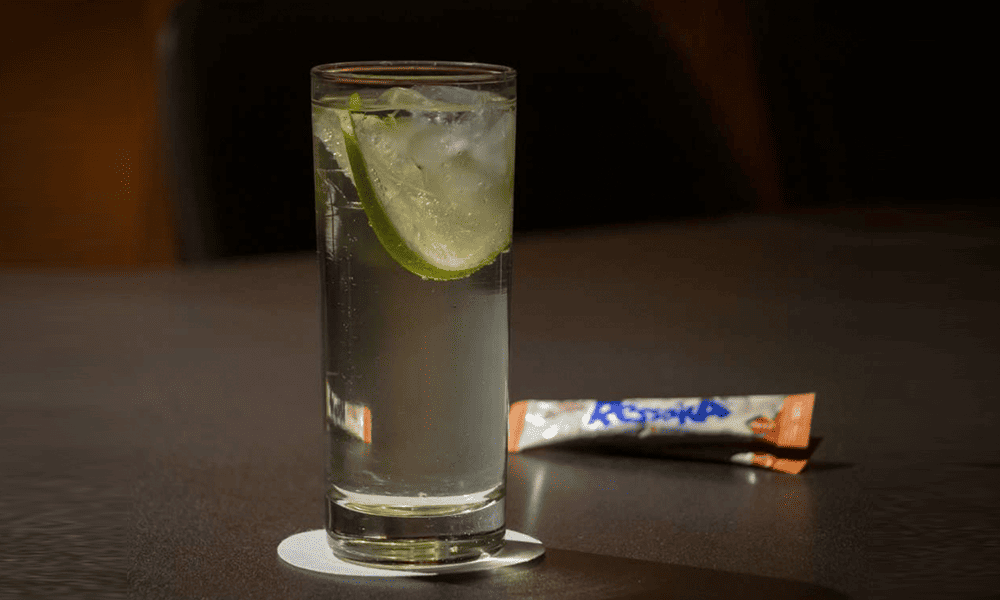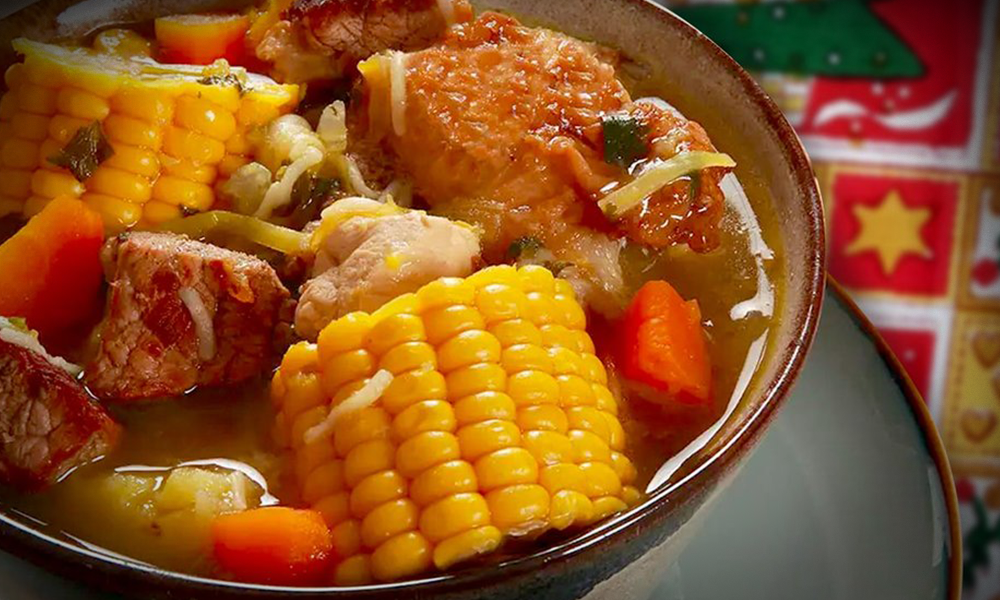
El singani es un aguardiente boliviano de origen vínico, obtenido por la destilación de vino proveniente de la fermentación alcohólica de la variedad Moscatel de Alejandría. Esta bebida, emblemática de Bolivia, se distingue por su nobleza y elegancia en la expresión de sus aromas.
La historia del singani se remonta a alrededor de 1550, cuando misioneros religiosos trajeron la vid a Bolivia. Inicialmente, estos religiosos cultivaban la vid en el valle de «Sinkani» en la provincia de Nor Lipez del departamento de Potosí. Utilizaban las uvas para elaborar vino con fines litúrgicos, pero pronto comenzaron a destilarlo para conservar el excedente de producción y contrarrestar el frío intenso de la región.
Otros señalan que el nombre «singani» se origina de una antigua hacienda llamada «Siwingani» en San Lucas, provincia de Nor Cinti, Chuquisaca. «Siwingani» proviene del aymara, compuesto por «siwinga» (nombre de una planta) y el sufijo «ni» (indicativo de abundancia), lo que evolucionó a «singani».
Durante la época colonial, tras la expansión de la explotación minera en el Cerro Rico de Potosí, los españoles comenzaron a cultivar la vid en los valles al sur de Potosí y en Cinti, Chuquisaca. La destilación del vino resultó ser una solución para conservarlo y dio origen a esta bebida espirituosa.
El proceso de elaboración del singani comienza con la cosecha de las uvas Moscatel de Alejandría. Tras el estrujado, el producto se fermenta en cubas, transformando el azúcar de la uva en alcohol mediante un proceso bioquímico que dura siete días. Luego, el vino base se destila en alambiques, donde la técnica consiste en regular el aporte de calor para permitir la aparición de los componentes aromáticos deseados. El producto final tiene una graduación de alrededor de 70° y se ajusta agregándole agua pura.
La Ley N° 1334 de 1992 regula la producción, elaboración y comercialización del singani, estableciendo su denominación de origen y definiendo las áreas permitidas para su producción: los valles de Tarija, Chuquisaca, La Paz y Potosí. El singani elaborado con materias primas distintas a la uva Moscatel de Alejandría no puede utilizar esta denominación.
En 2007, la Norma Boliviana NB 324001 estableció los requisitos organolépticos del singani: aspecto claro, límpido y brillante; color incoloro; aroma predominante a Moscatel de Alejandría; y sabor fino, suave y aterciopelado, con una graduación alcohólica entre 38 y 46% vol.
El singani, declarado Patrimonio Cultural de Bolivia, es el ingrediente principal en muchos cócteles tradicionales bolivianos como el Chuflay, Poncho Negro, Sucumbé y el Yungueñito, destacándose como una bebida única y representativa de la identidad boliviana.
Singani, the Bolivian distillate
Singani is a Bolivian spirit of wine origin, obtained by the distillation of wine from the alcoholic fermentation of the Moscatel de Alejandría variety. This drink, emblematic from Bolivia, is distinguished by its nobility and elegance in the expression of its aromas.
The history of singani dates back to around 1550, when religious missionaries brought the vine to Bolivia. Initially, these religious cultivated the vine in the «Sinkani» valley in the province of Nor Lipez in the department of Potosí. They used the grapes to make wine for liturgical purposes, but they soon began to distill it to preserve the surplus production and counteract the intense cold of the region.
Other people point out that the name «singani» originates from an old hacienda called «Siwingani» in San Lucas, province of Nor Cinti, Chuquisaca. «Siwingani» comes from Aymara, composed of «siwinga» (name of a plant) and the suffix «ni» (indicative of abundance), which evolved into «singani».
During the colonial era, after the expansion of mining exploitation in the Cerro Rico de Potosí, the Spanish began to cultivate vines in the valleys south of Potosí and in Cinti, Chuquisaca. The distillation of wine turned out to be a solution to preserve it and gave rise to this spirit drink.
The process of making singani begins with the harvest of Muscat of Alexandria grapes. After crushing, the product is fermented in vats, transforming the sugar of the grapes into alcohol through a biochemical process that lasts seven days. Then, the base wine is distilled in stills, where the technique consists of regulating the heat input to allow the appearance of the desired aromatic components. The final product has a proof of around 70° and is adjusted by adding pure water.
Law No. 1334 of 1992 regulates the production, processing and marketing of singani, establishing its designation of origin and defining the areas permitted for its production: the valleys of Tarija, Chuquisaca, La Paz and Potosí. Singani made with raw materials other than the Muscat of Alexandria grape cannot use this name.
In 2007, the Bolivian Standard NB 324001 established the organoleptic requirements of Singani: clear, limpid and bright appearance; colorless; predominant aroma of Muscat of Alexandria; and fine, smooth and velvety flavor, with an alcohol content between 38 and 46% vol.
Singani, declared Cultural Heritage of Bolivia, is the main ingredient in many traditional Bolivian cocktails such as Chuflay, Poncho Negro, Sucumbé and Yungueñito, standing out as a unique drink representative of Bolivian identity.




